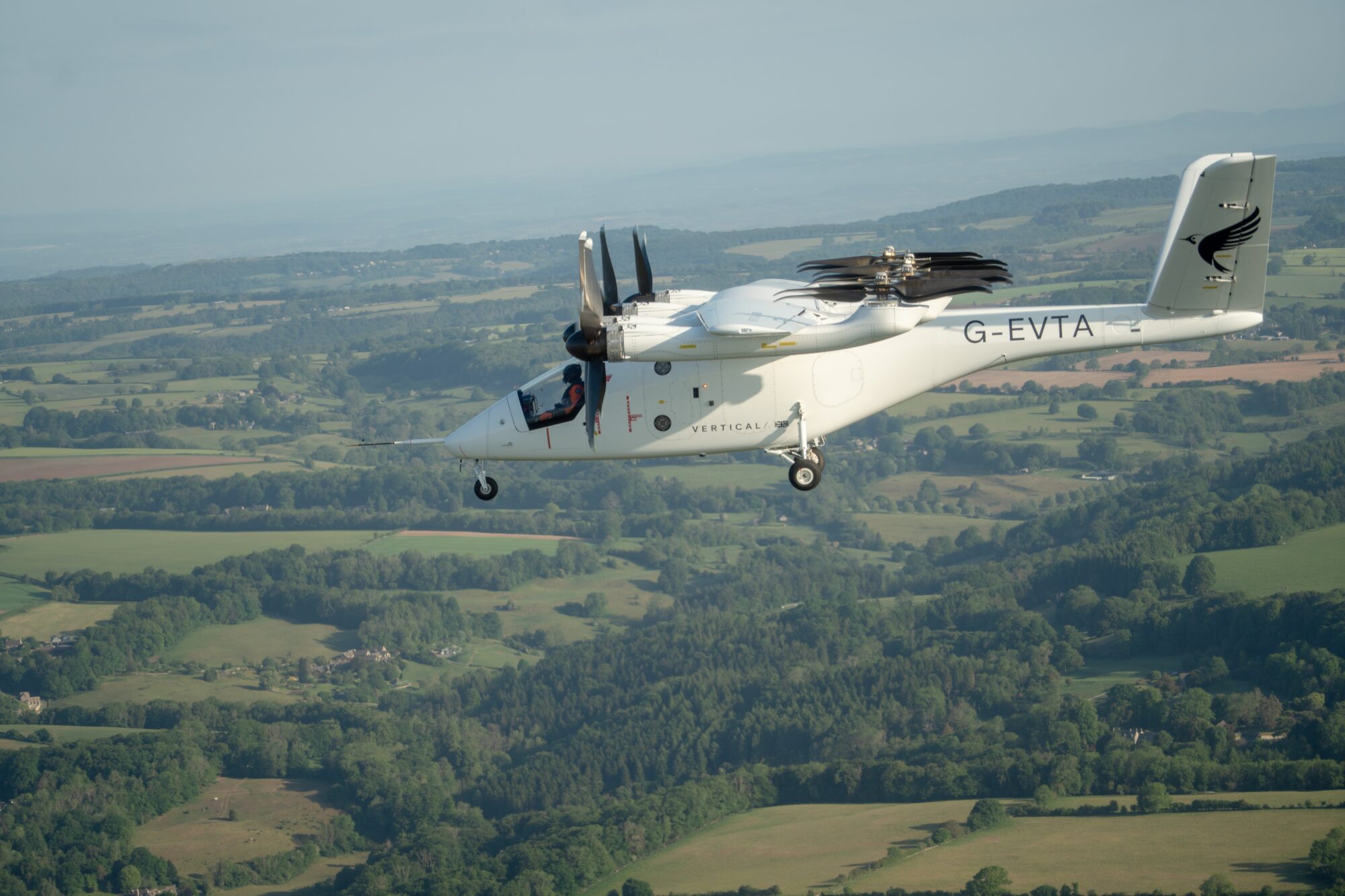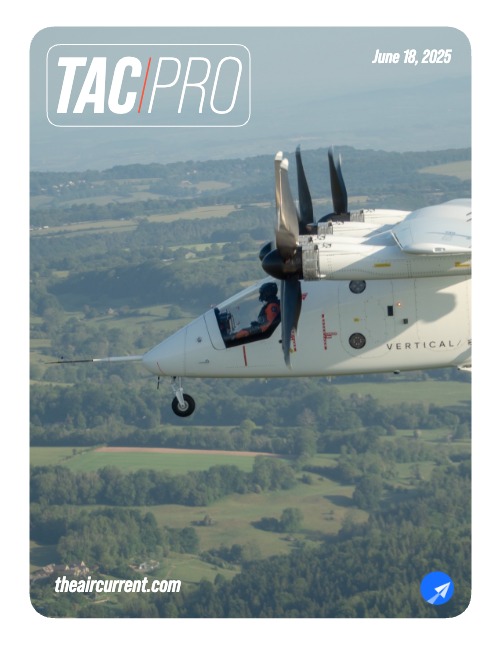Log-in here if you’re already a subscriber
PARIS — In March 2023, electric vertical take-off and landing developer Beta Technologies announced plans to spin off a conventional take-off and landing (CTOL) version of its Alia eVTOL. Two years later, that aircraft, the CX300, is flying daily displays at the 2025 Paris Air Show — coinciding with a broader wave of CTOL activity across the industry.
While no other eVTOL developers have indicated similar plans to certify a fixed-wing version of their electric aircraft, CTOL flight is playing a prominent role in some of their test campaigns, just as it has supported Beta’s eVTOL program as well. Vertical Aerospace used a CTOL configuration during the first crewed wingborne flight of its VX4 eVTOL from its base at Cotswold Airport in the U.K. on May 22, and Archer Aviation did the same with its Midnight eVTOL in Salinas, California on June 2.
Related: Unpacking the strategy behind Beta’s new electric airplane
CTOL flight can serve a variety of purposes for a powered-lift aircraft, including de-risking and accelerating a crewed flight test program, and conserving energy during normal operations in situations where a vertical take-off and/or landing is not required. Whether and how a program chooses to employ CTOL capability depends on its aircraft design, flight test philosophy and target mission set — and not every eVTOL developer believes it’s necessary.
Subscribe to continue reading...Subscribe to Continue Reading
Our award-winning aerospace reporting combines the highest standards of journalism with the level of technical detail and rigor expected by a sophisticated industry audience.
- Exclusive reporting and analysis on the strategy and technology of flying
- Full access to our archive of industry intelligence
- We respect your time; everything we publish earns your attention


